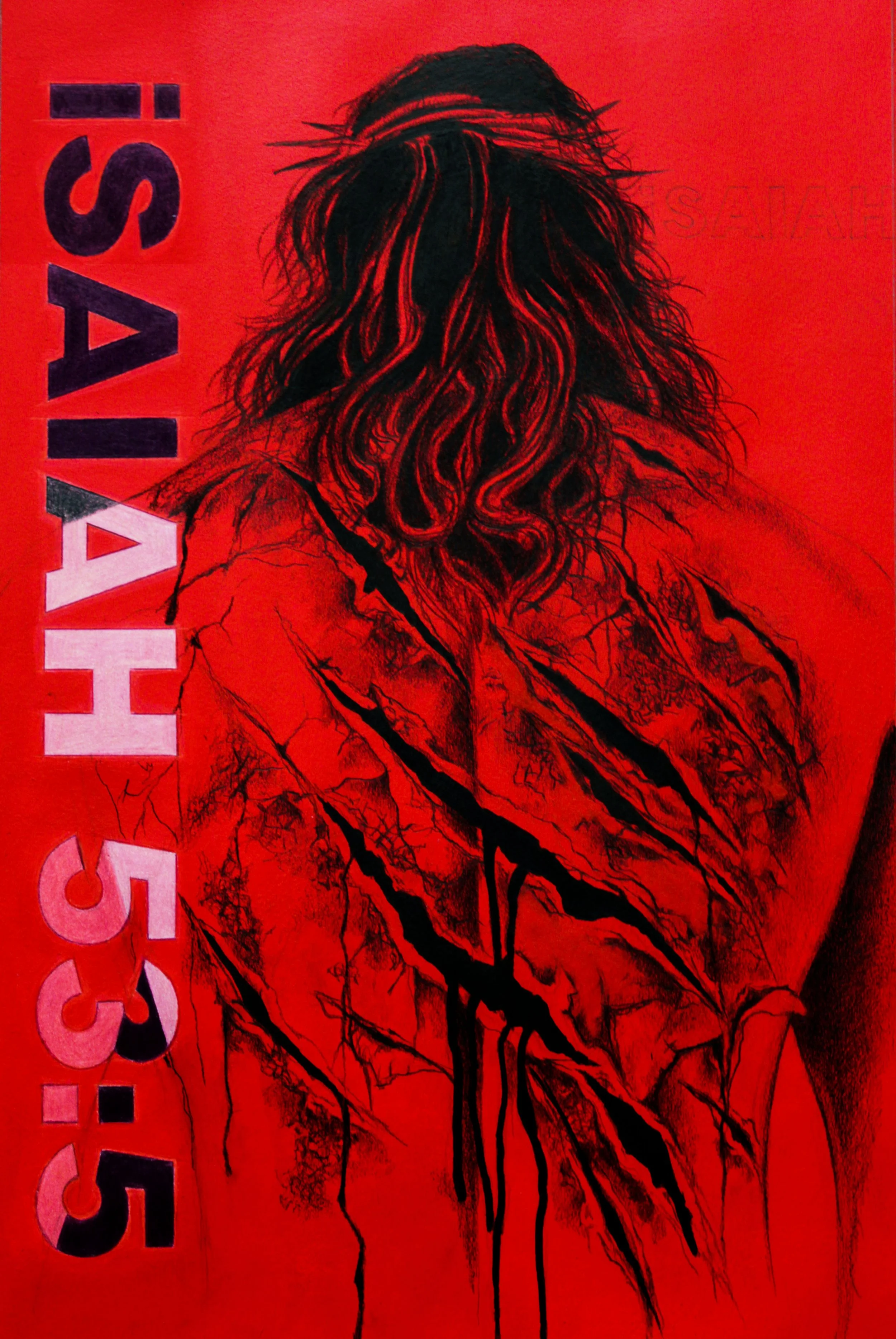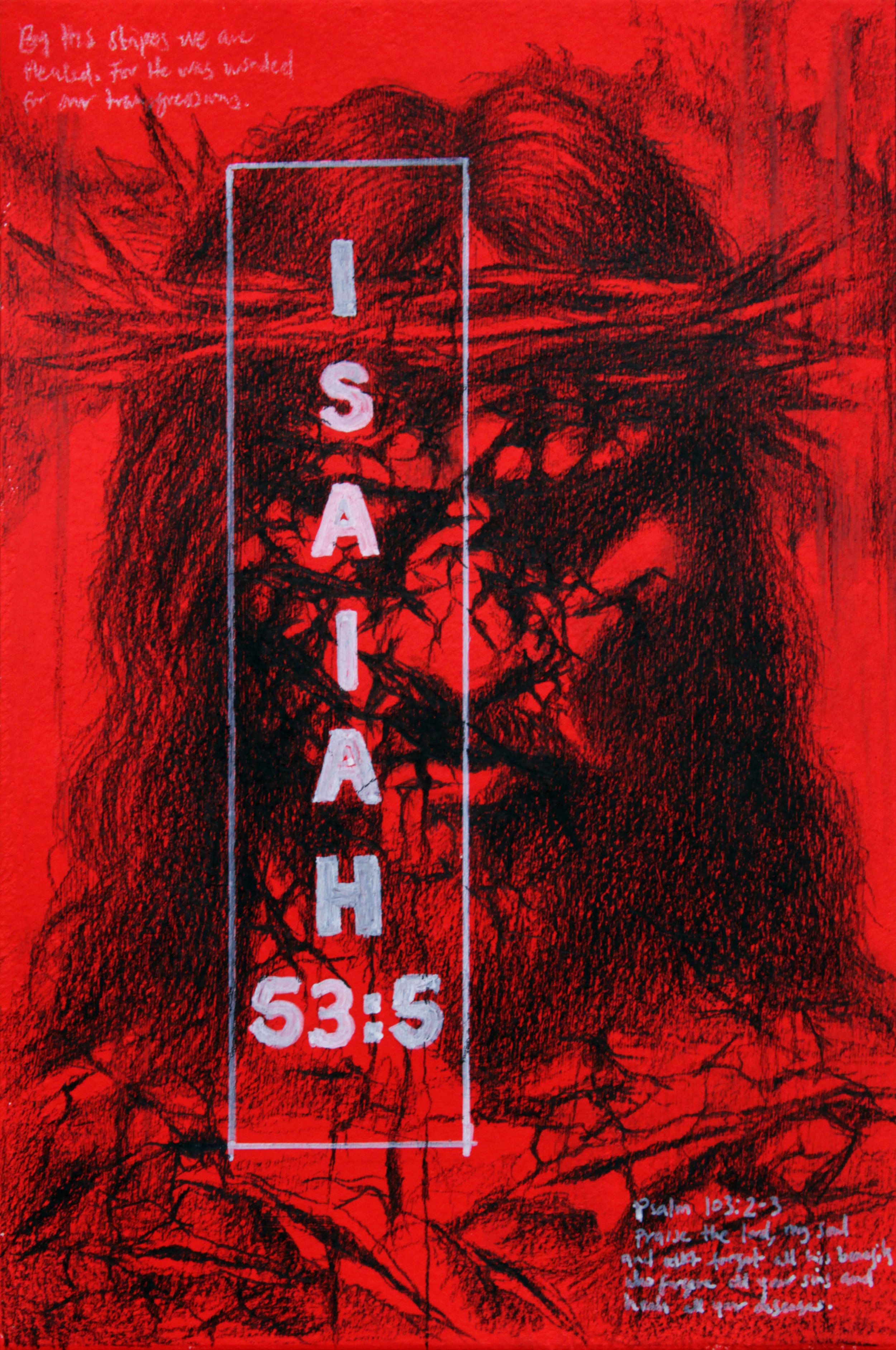THE GRUESOME DEATH OF THE LORD JESUS
The historical context surrounding the crucifixion of Jesus is essential for understanding the brutality He endured. Roman crucifixion was not merely a method of execution; it was a calculated and public display of humiliation and suffering. The physical beatings and scourging He experienced were designed to maximize pain and minimize dignity, leaving Him in a state of utter desolation.
In approaching artistic representation of this event, the temptation often arises to sanitize the image of Jesus, rendering Him with minimal wounds, retaining a semblance of beauty. However, doing so would not honor the stark reality of His suffering. The accounts indicate that Jesus was subjected to a level of violence that left Him unrecognizable. His skin was shredded, his features distorted under the relentless brutality of the soldiers.
Emphasizing these aspects in artwork serves a critical purpose. It is a reminder that Jesus did not die a beautiful or heroic death; instead, He experienced an agonizing and grotesque end. This stark representation underscores the gravity of His sacrifice. To portray Him with glamour or cleanliness diminishes the severity of His sacrifice for humanity.
This reflection calls for a deeper appreciation of the new life that Jesus offers through His suffering. His gruesome death was not an end but a transformative act intended to free humanity from the bonds of sin. The death of Jesus does not simply end at the cross but continues as an invitation to embrace the life He died to give. Thus, we are compelled to live in a manner that reflects our appreciation for such an immense grace.
The Gruesome Death of The Lord Jesus #1
The Gruesome Death of The Lord Jesus #2
The Gruesome Death of The Lord Jesus #3




